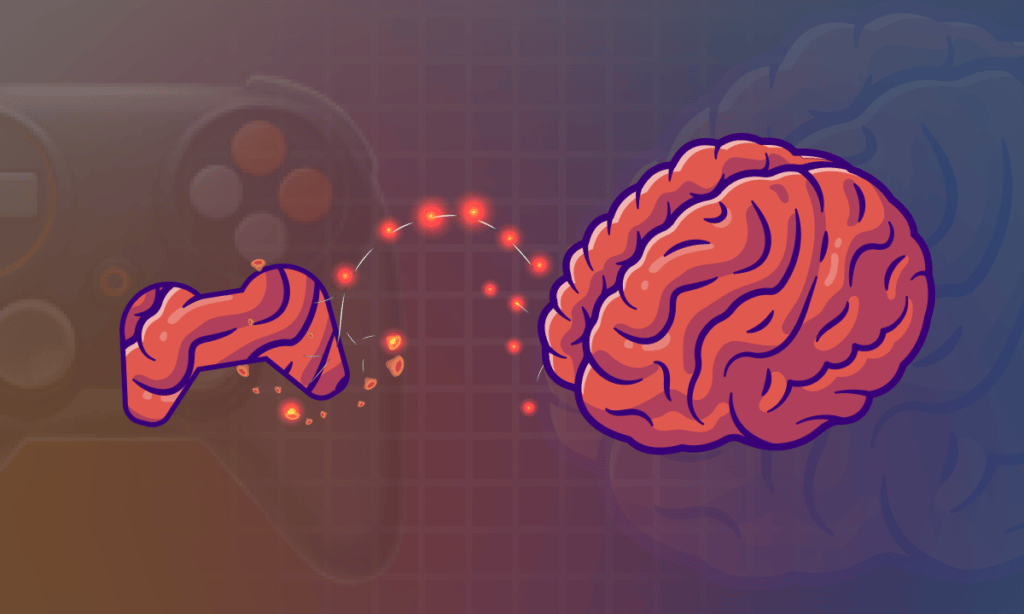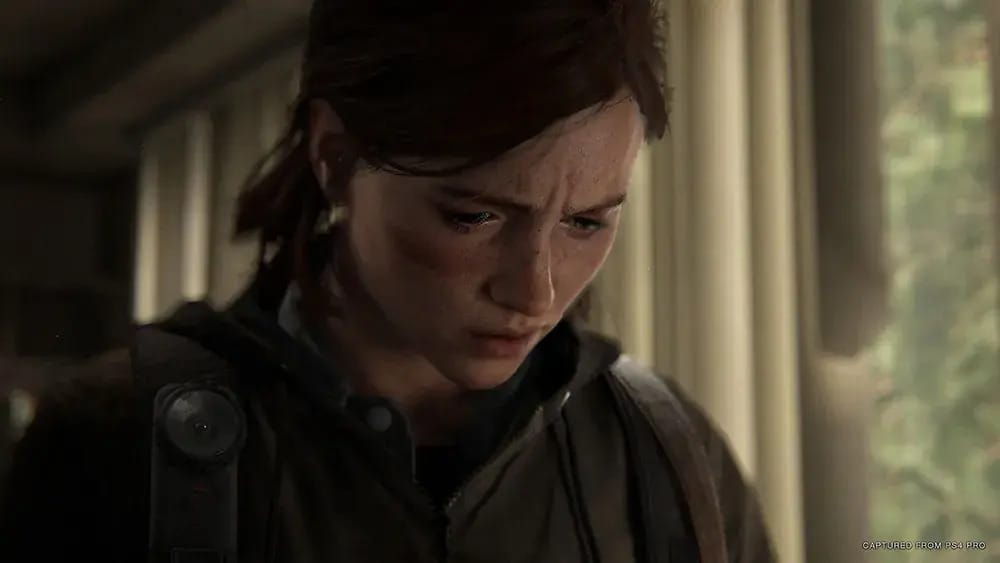- Mozuma: Beyond Screens
- Posts
- What's in Your Head When You Think About the "Marvel Universe"? Psychology, Transmedia, and the Cult of Brain Drilling
What's in Your Head When You Think About the "Marvel Universe"? Psychology, Transmedia, and the Cult of Brain Drilling

Why Does a Gamer Spend 148 Hours on a Dark Souls Wiki?
Imagine: you have one free evening. What do you choose – a new series, a quiet dinner, or a 3-hour theory about why the hero in Attack on Titan is actually a god?
If you chose the latter – congratulations. You're not just a viewer. You're a fan. And your brain is playing a complex game with you, which in psychology is called: narrative simulation + predictive modeling + social identity.
Let's break down what this means.
1. The Brain is Not a Viewer. It's a Simulator.
When a story grabs you, your brain doesn't just "watch" it. It lives it.
According to Lisa Feldman Barrett ("How Emotions Are Made"), the brain is a predictive machine. It models future events based on past experience. That's why after Witcher 3 it doesn't switch off, but continues modeling: "What if Geralt met John Snow?"
A University of Pennsylvania study (2023) showed that reading an engaging story activates the same brain regions as real experiences. And neurobiologist Jeffrey Zacks discovered that immersion in a good plot increases oxytocin – the same hormone released during social connections.
This isn't fantasy. It's simulation at work: you create story continuations to close what remains unclosed.
2. Characters Aren't Content. They're Friends.

The Last of Us
You care about Ellie in The Last of Us as if she were your own. Why?
This is called a parasocial relationship. One-sided, but emotionally complete. This is what drives fandoms: fan art, fanfiction, memes, cosplay.
Sony statistics showed that 78% of The Last of Us Part II players experienced physical emotional reactions (tears, increased heart rate) during key scenes. And recent Stanford research revealed that "communicating" with virtual characters activates the same neural circuits as real social interaction.
Psych fact: Our brain doesn't distinguish between social connections with real people and attachments to characters. They're all processed by the same neural networks.
3. The Predictive Brain Hates Emptiness
"Where did that mysterious NPC disappear to?" "Why doesn't the ending explain anything?"
Your cognitive system begins intense drilling. Resources deployed include:
Reddit
Fan Wikis
YouTube analysis
Hidden patches and easter eggs
Additional game-created material
Duke University research (2024) discovered that incomplete narratives create the "Zeigarnik effect" – unfinished tasks occupy more cognitive resources. That's why Christopher Nolan's "Inception" ending with the spinning top gathered over 70 million views on YouTube analysis videos.
This isn't just interest. It's a predictive model seeking a complete picture. The greater the uncertainty – the higher the engagement.
4. Transmedia as a Way to Feed This Beast
Film → comic → game → ARG → TikTok fandom. Each format provides a new entry point and a new dose of "info." This isn't marketing. It's neural nourishment.
Marvel confirmed this in numbers: fans engaged in 3+ content formats (films, comics, games) spend an average of 260% more money on the franchise. When Marvel placed hints about the multiverse in three different media before the release of "Spider-Man: No Way Home," online theories grew by 400%, and advance ticket sales broke records.
Henry Jenkins called this the "encyclopedic impulse": the desire to know everything about a universe. Not because it's "necessary," but because the brain releases dopamine for closing gestalt.
5. Fans Are Creators, Not Just Consumers
When you've finished Elden Ring, what's next? Fan art. YouTube reviews. Lore essays. Theories.
FromSoftware reported that 67% of Elden Ring players viewed third-party content about the game's lore. Fanfiction.net contains over 3 million stories just from the Harry Potter universe. And the Game of Thrones fan Wiki contains more words than all of George Martin's books combined.
This is where emotional experience + desire for creative control come into play. The brain doesn't just want to listen – it wants to participate.
Why Is This Important for the Industry?
Transmedia isn't an add-on. It's a neural feature.
Want long-term engagement? Give fans tools to live inside the world.
Build narratives with "holes." Fans will fill them – and even thank you for it.
Let them be co-creators. This is maximum retention and UGC without a budget.
New York University research showed that franchises actively supporting fan creativity have 47% more repeat purchases. Minecraft, by opening up possibilities for mods, increased player lifespan to 7+ years compared to the standard 6-18 months for other games.
TL;DR:
The brain is not a movie theater. It's a workshop for building new worlds. Transmedia is the glue between interest, emotions, and engagement. Fans are the engine, not a passive audience. Create so that they have somewhere to dig.
If you want a continuation with an analysis of emotions, neuroeconomics, and real cases – let me know. And yes, there will soon be an article on fan loyalty and revenue-per-user.
P.S. Who's stronger – Goku or Saitama? There is an answer. But you have to find it yourself.